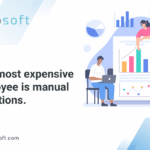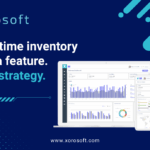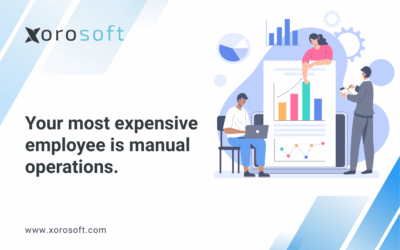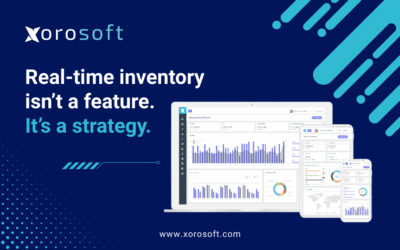
When Finance and Ops Don’t Align, Things Break
In fast-scaling companies, finance and operations alignment often feels like a fantasy.
Finance teams live in numbers. Operations lives in motion. These teams usually don’t speak the same language—until a decision falls apart. Think of it this way: ops places a large inventory order, but finance isn’t aware, so it blows up the budget. Alternatively, finance slashes shipping spend without knowing that delivery speed is tied to a retail contract.
Therefore, when finance and ops don’t align, things break—hard.
The Real-World Cost of Misalignment Between Finance and Ops
Let’s be honest. It’s not just frustrating—it’s expensive.
When finance and operations alignment doesn’t exist, here’s what happens:
-
Inventory bloats from duplicate purchases
-
Cash flow shrinks due to unexpected expenses
-
Profitability drops because decisions are made in silos
-
Teams burn out chasing answers across disconnected systems
For example, you might have operations trying to fulfill orders in real time while finance is still reconciling last month’s numbers. As a result, decisions get delayed, and growth stalls.
Additionally, without shared data, both teams rely on guesswork. Eventually, that leads to waste, confusion, and missed targets.
Why Is Finance and Operations Alignment So Difficult?
The answer often lies in your systems. Or rather, the lack of integration between them.
Operations is using spreadsheets, shipping platforms, and warehouse trackers. Finance, on the other hand, is managing budgets and ledgers in QuickBooks or similar accounting tools. Unfortunately, none of these tools talk to each other. And because of that, the teams can’t either.
As a result:
-
Ops places orders with no visibility into financial limits
-
Finance sees cost spikes but can’t pinpoint the source
-
Neither side has real-time access to procurement or fulfillment data
Worse still, month-end reconciliation becomes a nightmare. Forecasts are off. And leadership ends up making critical decisions on outdated or incomplete information.
This isn’t sustainable. Especially for companies that want to scale.
The Shift Toward Real-Time Finance and Operations Alignment
So what’s the fix?
It’s not more meetings. And it’s definitely not more spreadsheets.
The real shift happens when finance and operations teams use the same platform. One system. One data source. One version of the truth.
With a modern ERP like Xorosoft, you get finance and operations alignment by default—because both teams are operating from the same real-time data.
Here’s what changes:
-
Ops gets instant budget visibility before placing POs
-
Finance sees inventory movement in real time
-
Month-end closes are smoother, faster, and less painful
-
Decisions become proactive, not reactive
Most importantly, teams start making decisions together. Not in isolation.
How Xorosoft ERP Makes Finance and Operations Alignment Easy
This is where Xorosoft stands out.
Unlike other platforms that bolt features together, Xorosoft is a cloud-native ERP built for alignment. It bridges the gap between operations and finance with real-time visibility and built-in collaboration.
Here’s how:
-
Integrated WMS, procurement, inventory, fulfillment, and accounting
-
Live dashboards accessible to both finance and ops
-
Automatic purchase approvals with budget thresholds
-
Multi-location and multi-currency support
-
Native integrations with Shopify, Amazon, EDI, and 3PLs
-
Hundreds of APIs for seamless tech automation
For example, if ops receives inventory at a warehouse, finance sees the invoice and cash impact instantly. Conversely, if finance updates budgets or forecasts, ops sees that reflected during order creation.
💡 Ranked #1 in Ease of Use on G2
🛒 See Xorosoft ERP on Shopify App Store









